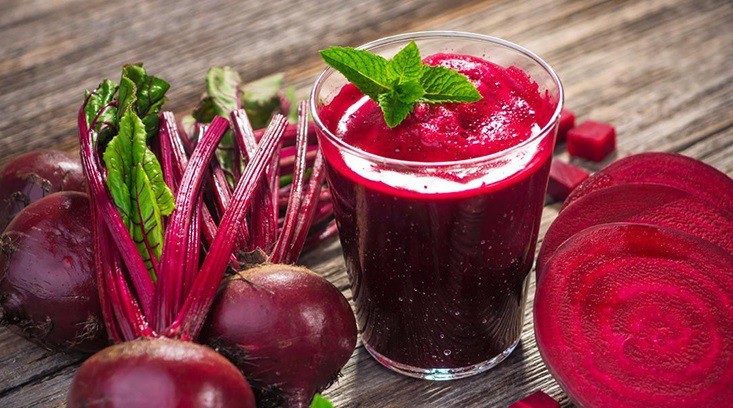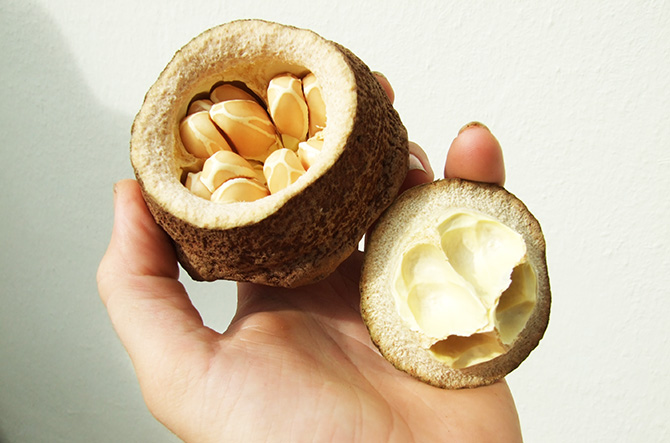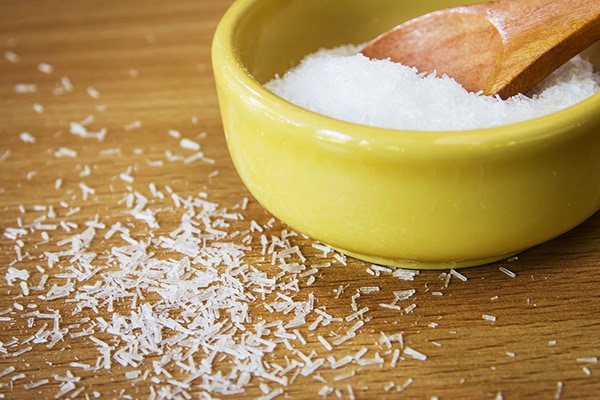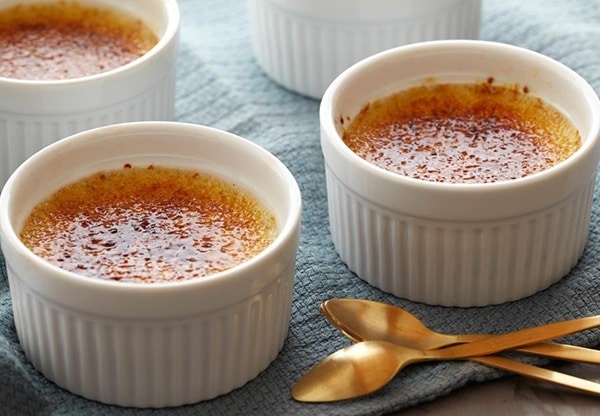MSG stands for monosodium glutamate, a food additive that is invented in Japan in the early 1900s in order to add or bring out that umami flavor, which is touted as the fifth taste! MSG came into being when a Japanese chemist discovered that an amino acid called glutamate naturally found in certain foods is the one behind the umami flavor.
Actually, the use of MSG is quite controversial. It’s true that the FDA has deemed MSG as something safe for cooking. A lot of people, however, disagree. That’s because a slice of the population actually experience some unfavorable side effects after the consumption of MSG, including palpitations, shortness of breath and nausea.
Because of such reason, many people are on the hunt for ways to bring out that umami flavor in food without sprinkling MSG on it. However, the truth is only glutamate can activate those umami receptors in the tongue. Definitely, no other taste on the planet can set off the said receptors, but there is hope for MSG dislikers!
Whether or not you agree that MSG is bad for you, it is very much possible to add or enhance that very alluring fifth taste. All you have to do is use certain glutamate-containing ingredients in your culinary creations. With their help, there is no need for you to reach for that MSG sachet or shaker each time you want to delight your taste buds.
Here are some alternatives to MSG that you may count on each time:
Salt
It is said that sprinkling a little salt can help add some umami flavor without the use of MSG. Sea salt is definitely a wonderful choice, and so is pink Himalayan salt. Kosher salt is loved by many cooking aficionados. Just make sure to limit your addition of salt because too much sodium is bad for your health!
Fish Sauce
Adding a few drops of fish sauce can help bring out or add that umami flavor. This does not really come as a surprise because fish naturally contains glutamate. If you find fish sauce too salty for your taste, then opt for Worcestershire sauce which is basically a fruitier version of fish sauce.
Herb Combinations
You can experiment with various combinations of herbs to help add some umami flavor to your dishes. These days, you can get you can easily get your hands on several different herb combinations at your local supermarket. However, do read the label carefully as some of them actually contain MSG as well as other unwanted ingredients.
Parmesan Cheese
There are numerous dishes that can be seasoned with parmesan cheese, which saves you from the use of MSG. That’s because parmesan cheese is said to be the kind of cheese that contains the most glutamate. You can also find glutamate in other cheeses, by the way, but in smaller amounts.
Soybeans
Experts say that you can also obtain plenty of glutamate from soybeans. But you don’t really have to stick to soybeans alone just to make your gastronomic inventions teeming with umami flavor. Adding soy-based ingredients, especially fermented ones, to it such as natto can help bring forth that fifth taste.
Tomatoes
Good amounts of glutamate is naturally present in tomatoes, and that’s why adding them to your dishes can help make them bursting with that fifth taste. Experts say that roasting tomatoes really help in bringing out glutamate and eventually that sought-after umami flavor in them.
Mushrooms
Especially if you’re a vegan, you can make your diet loaded with umami flavor with the simple addition of mushrooms in it. Of all the mushrooms you can get, shiitake and portobello are said to pack the most glutamate. Want to enhance their umami flavor? Then have your mushrooms caramelized or pan roasted!
Sources: deliciousliving.com








